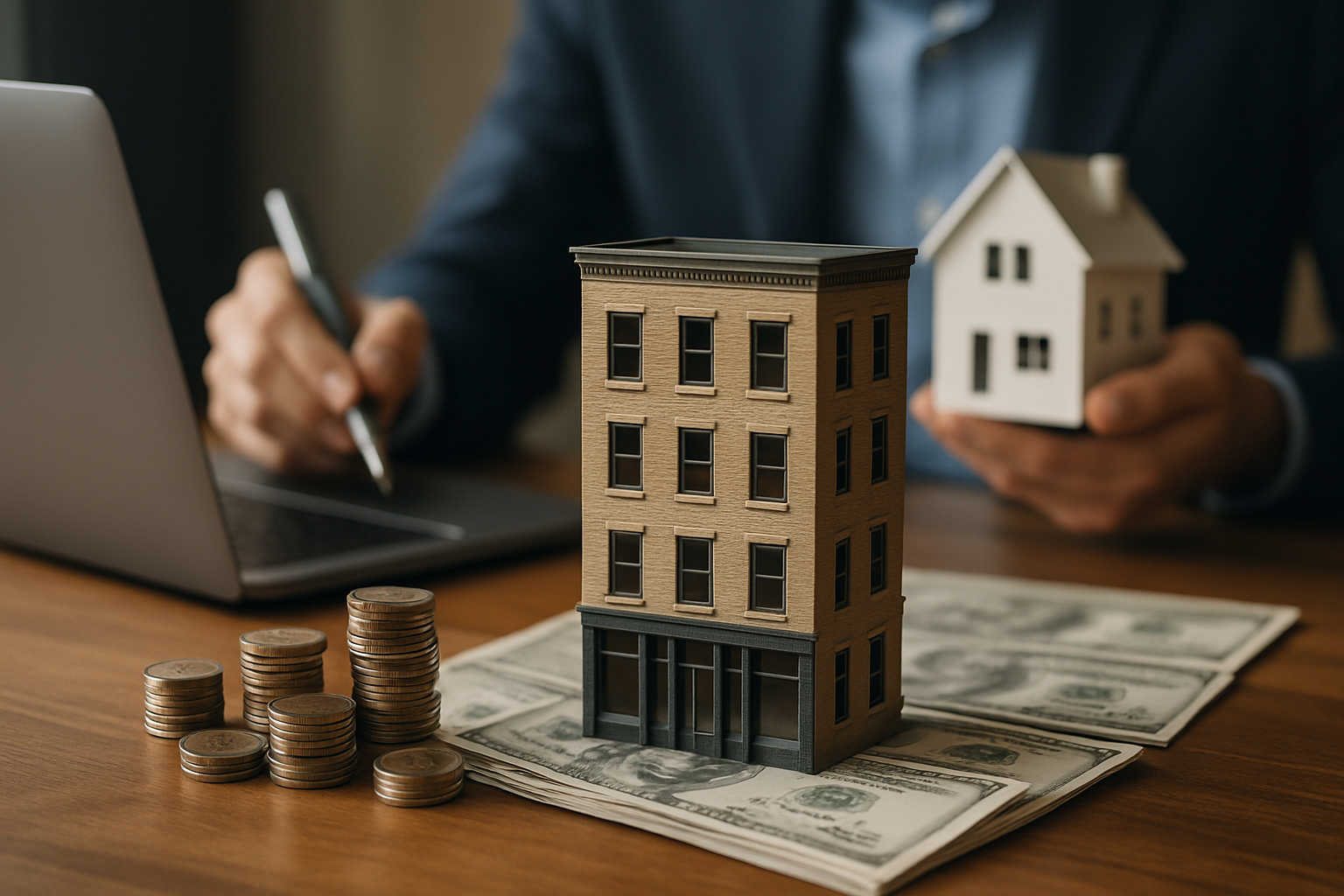Title: Unlocking Profit in Undervalued Suburban Office Parks
In the wake of shifting work paradigms and urban migration patterns, an unexpected opportunity has emerged in the real estate market: suburban office parks. Once considered relics of a bygone era, these sprawling complexes are now catching the eye of savvy investors. With vacancy rates in some areas reaching 30% and property values dipping, the stage is set for a potential renaissance. This article explores the hidden potential in these overlooked assets and how investors can capitalize on this trend.

However, the tide began to turn in the early 2000s. Millennials entering the workforce showed a strong preference for urban environments, valuing walkability and access to amenities. This shift, coupled with the rise of remote work and the allure of downtown innovation districts, led many companies to abandon their suburban headquarters for trendier city locations.
The Current State of the Market
Today, suburban office parks present a complex picture. While some continue to struggle with high vacancy rates and declining values, others are showing signs of life. The COVID-19 pandemic has accelerated a trend of businesses seeking lower-density work environments, leading some companies to reconsider suburban locations.
Recent data from commercial real estate firm CBRE shows that while overall office vacancy rates have increased, certain suburban markets are outperforming their urban counterparts. This divergence creates a unique opportunity for investors who can identify and capitalize on undervalued assets.
Identifying Investment Opportunities
The key to success in this market lies in careful analysis and strategic planning. Not all suburban office parks are created equal, and investors must be discerning in their choices. Several factors can indicate a property’s potential for revitalization:
-
Location: Proximity to public transportation, major highways, and growing residential areas can significantly boost a property’s appeal.
-
Amenities: Office parks with existing or potential for mixed-use development, including retail and dining options, are more likely to attract tenants.
-
Building quality: Properties with solid infrastructure that can be easily modernized offer better value than those requiring extensive renovations.
-
Local economic factors: Areas with diversified economies and growing populations are more likely to support office demand in the long term.
Strategies for Revitalization
Once a promising property has been identified, investors have several strategies at their disposal to unlock its value:
-
Adaptive reuse: Converting portions of office space to other uses, such as multifamily housing or life sciences facilities, can breathe new life into struggling properties.
-
Amenity upgrades: Adding features like fitness centers, outdoor spaces, and collaborative work areas can make older buildings more attractive to modern tenants.
-
Sustainability improvements: Investing in energy-efficient systems and obtaining green building certifications can appeal to environmentally conscious companies and potentially command higher rents.
-
Flexible leasing models: Offering shorter lease terms and coworking spaces can attract a diverse mix of tenants, from startups to established firms looking for satellite offices.
Financial Considerations and Potential Returns
Investing in suburban office parks is not without risks, but the potential rewards can be substantial. Purchase prices for these properties have fallen significantly in many markets, with some selling at discounts of 50% or more compared to their peak values.
For investors willing to take on value-add projects, internal rates of return (IRR) in the range of 15-20% are not uncommon. However, these projects often require significant capital expenditures and may have longer holding periods than other commercial real estate investments.
Financing can be a challenge, as traditional lenders may be hesitant to back office properties in the current market. Creative financing solutions, such as joint ventures with experienced operators or mezzanine debt, may be necessary to execute these deals.
Case Studies: Success Stories in Suburban Office Revitalization
Several notable examples demonstrate the potential of suburban office park investments:
-
The District in Burlington, Massachusetts: Once a single-tenant corporate campus, this property was transformed into a mixed-use development featuring office space, residential units, and retail. The project has achieved high occupancy rates and serves as a model for suburban revitalization.
-
Bell Works in Holmdel, New Jersey: This former Bell Labs facility was reimagined as a “metroburb,” combining office space with retail, dining, and community amenities. The project has attracted a diverse tenant mix and become a hub of innovation in the region.
-
Plantation Pointe in Plantation, Florida: This office park underwent a significant renovation, adding modern amenities and outdoor spaces. The upgrades resulted in increased occupancy and rental rates, demonstrating the value of targeted improvements.
These success stories highlight the potential for investors to create value in suburban office markets through strategic repositioning and creative redevelopment.
In conclusion, while suburban office parks face challenges, they also present a unique opportunity for forward-thinking investors. By identifying undervalued assets, implementing strategic improvements, and capitalizing on changing market dynamics, savvy real estate professionals can unlock significant value in these overlooked properties. As the nature of work continues to evolve, suburban office parks may once again find their place in the modern real estate landscape.





